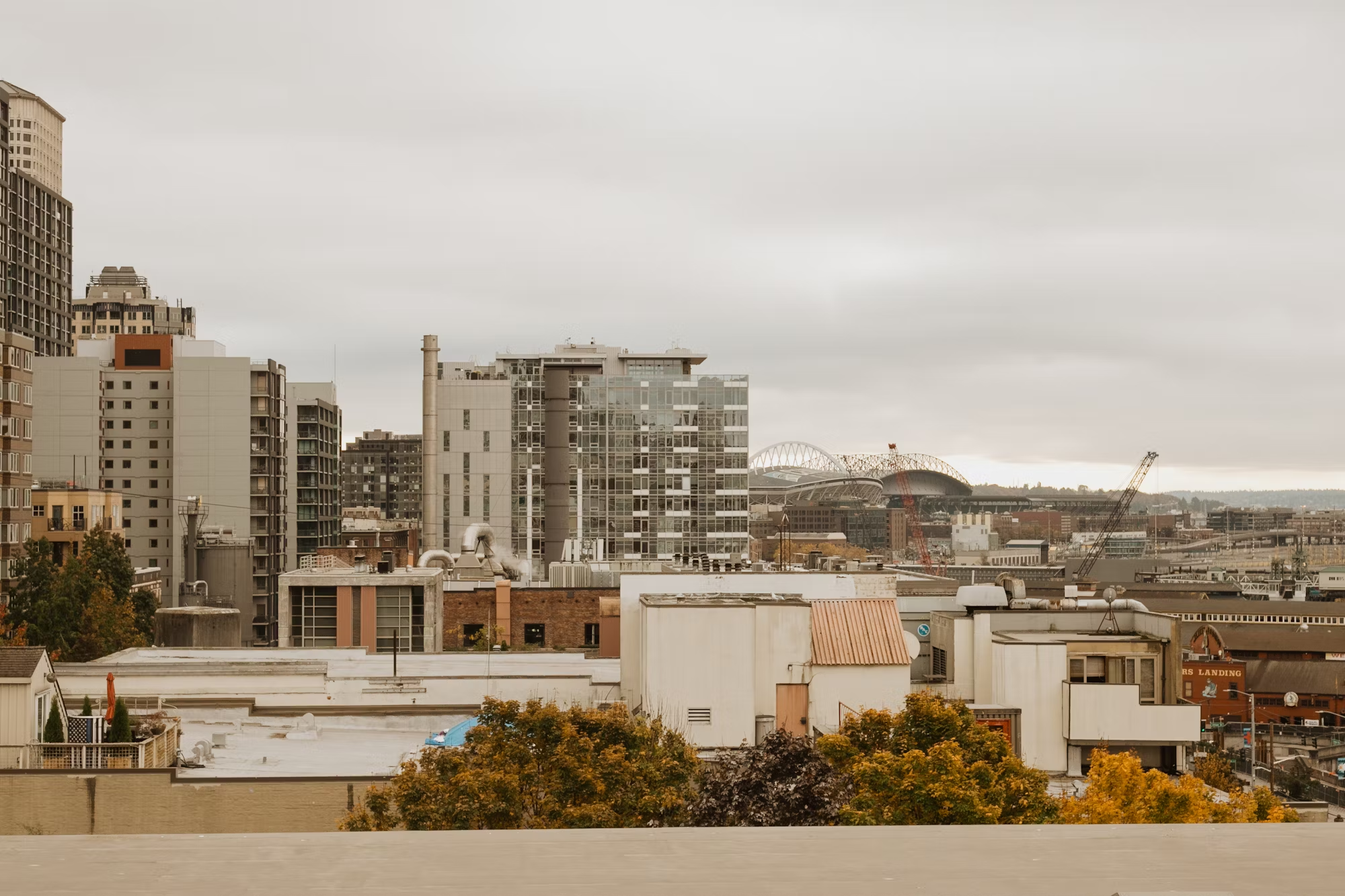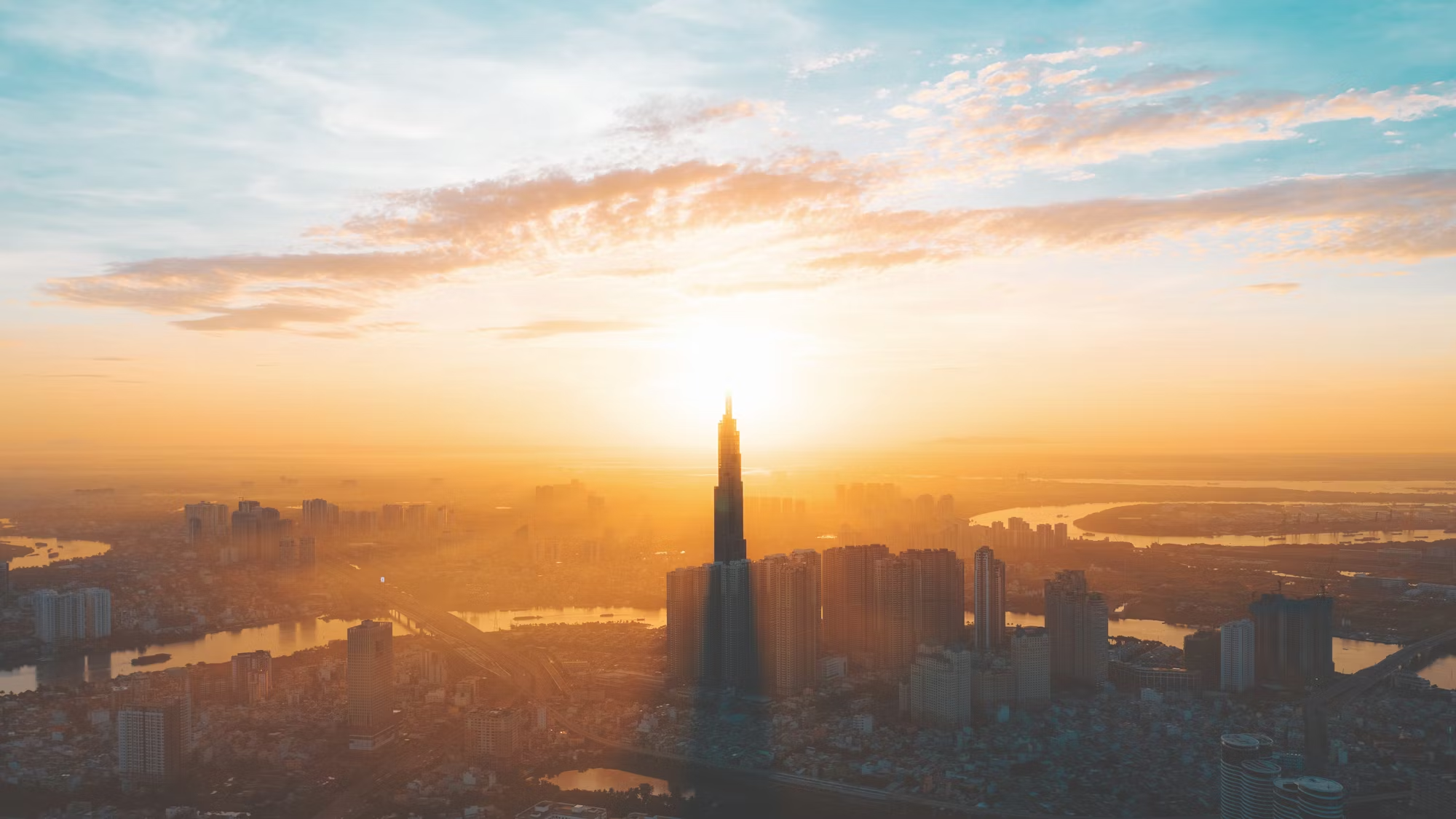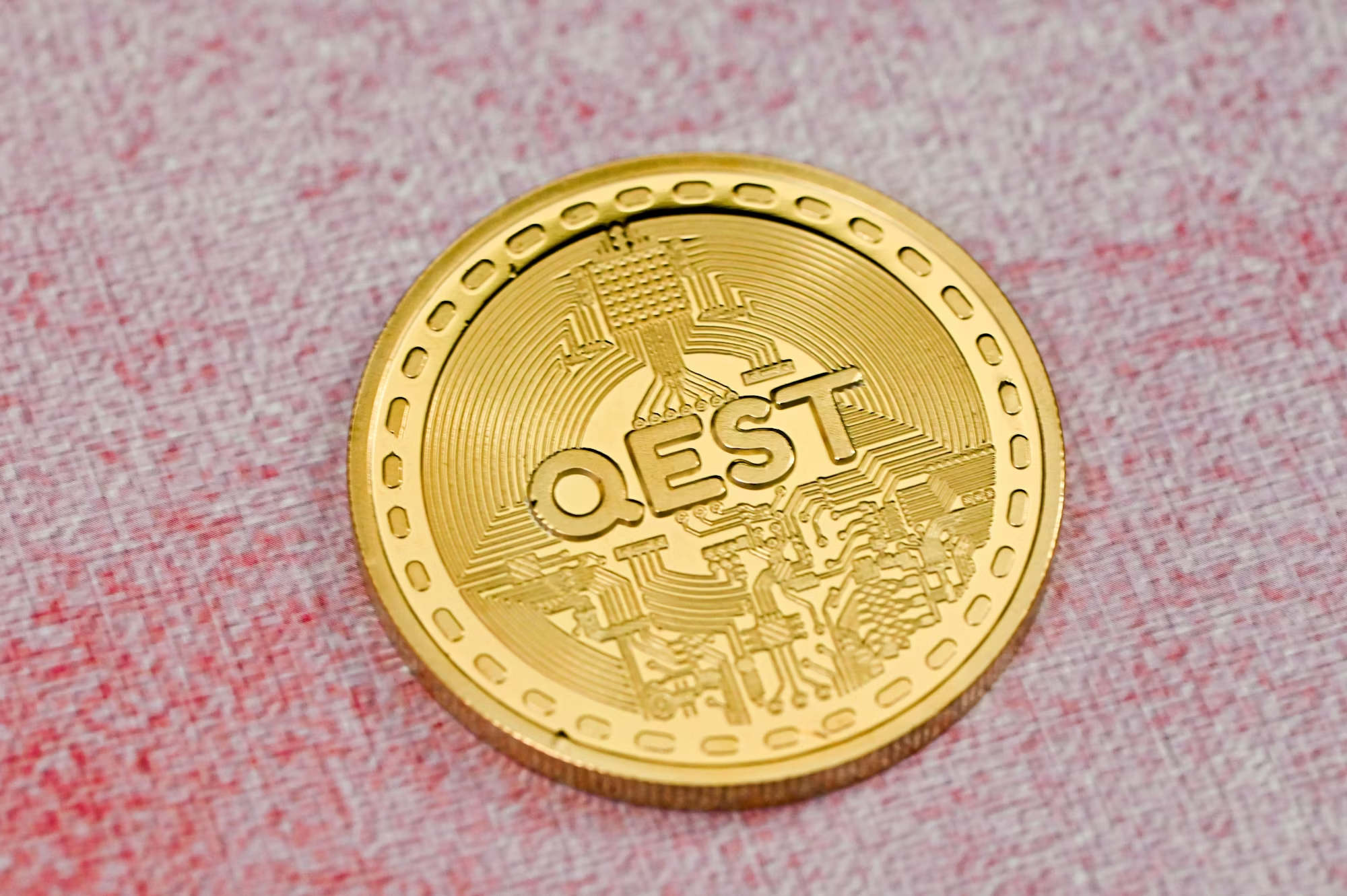As cities evolve and expand, skyscrapers have become essential landmarks that shape urban development and economic activity. These towering structures not only serve as symbols of innovation but also facilitate diverse business functions, attract tourism, and foster community engagement. Commercial skyscrapers, designed primarily for office spaces and retail, are at the forefront of this urban transformation. Buildings like the Petronas Towers in Kuala Lumpur illustrate how these structures provide essential workspace for corporations, enhancing productivity and collaboration. The concentration of businesses within these towers creates vibrant economic hubs, driving local economies and generating job opportunities. Additionally, the architectural design of commercial skyscrapers has seen significant advancements. With features such as smart technology, energy-efficient systems, and sustainable materials, these buildings not only optimize operational costs but also contribute to the overall well-being of the urban environment. As urban populations continue to grow, residential skyscrapers are becoming increasingly relevant. These high-rise buildings offer a solution to housing shortages in densely populated cities. Luxurious apartment complexes like the Sky Tower in Auckland not only provide residents with stunning views but also contribute to urban density and economic vitality. By offering diverse housing options, residential skyscrapers attract a range of demographics, from young professionals to families, enriching the community fabric. Moreover, the presence of residential skyscrapers often leads to increased property values, stimulating further investment in the surrounding areas. Hotel skyscrapers represent another crucial component of urban development, blending hospitality and commerce. These buildings cater to both leisure and business travelers, offering high-quality accommodations in prime locations. The Marina Bay Sands in Singapore exemplifies this trend, combining a luxurious hotel with entertainment and dining options. By attracting tourists and business events, hotel skyscrapers generate significant revenue for local economies and stimulate further development in surrounding areas. The rise of mixed-use skyscrapers has revolutionized urban landscapes by integrating residential, commercial, and recreational spaces within a single structure. Developments like the Shard in London not only create vibrant communities but also encourage social interaction among residents, workers, and visitors. This holistic approach to urban design promotes sustainable living while driving economic growth. By creating a multifunctional environment, mixed-use skyscrapers enhance the quality of life for city dwellers and contribute to a thriving local economy. Iconic landmark skyscrapers serve as cultural and architectural symbols, attracting millions of tourists each year. Structures like the Empire State Building and the Burj Khalifa not only generate substantial revenue through ticket sales but also enhance the global reputation of their respective cities. These landmarks often lead to increased investment and development in nearby areas, further boosting local economies. The financial implications of these skyscrapers extend beyond tourism; they also inspire pride among residents and contribute to a city’s identity. Sustainability has emerged as a central theme in modern skyscraper design. Green skyscrapers prioritize eco-friendly features and renewable energy sources, aligning with global efforts to combat climate change. The Bosco Verticale in Milan exemplifies how vertical gardens can enhance urban environments while improving air quality. These sustainable practices not only reduce operational costs but also attract environmentally conscious tenants and investors. As urban spaces continue to grapple with environmental challenges, green skyscrapers represent a forward-thinking approach to development that benefits both the economy and the planet. Observation skyscrapers play a unique role in enhancing city tourism and generating revenue. Structures like the CN Tower in Toronto not only provide stunning panoramic views but also create a buzz around the city. The economic impact of observation decks extends to local businesses, as visitors often explore nearby attractions, restaurants, and shops. By serving as tourist destinations, these skyscrapers contribute significantly to the overall financial health of urban areas. Historic skyscrapers also hold value in urban development. Buildings like the Woolworth Building in New York are not only architectural gems but also serve as reminders of a city’s rich history. The preservation and adaptive reuse of these structures can stimulate revitalization efforts in surrounding neighborhoods. By maintaining historic skyscrapers, cities can attract investment and tourism while honoring their architectural legacy. The emergence of supertall skyscrapers, exceeding 300 meters in height, highlights the ambition of modern urban development. These structures, such as the Shanghai Tower, require significant financial investment and advanced engineering techniques. The construction of supertall skyscrapers not only showcases a city’s engineering capabilities but also serves as a statement of economic strength. However, their development must be balanced with considerations for sustainability and community integration. Skybridges or linked skyscrapers offer innovative solutions for urban connectivity. By connecting multiple towers, these structures promote collaboration and efficient use of space. Financially, linked skyscrapers can attract more businesses by providing seamless access between buildings, fostering a collaborative environment that encourages innovation. In conclusion, skyscrapers play a multifaceted role in driving urban development and economic growth. From commercial and residential spaces to hospitality and tourism, these structures shape the dynamics of urban life. By understanding the diverse functions and impacts of skyscrapers, we can appreciate their significance as not just architectural marvels but also essential components of thriving urban economies.
The Economic Skyline: How Skyscrapers Drive Urban Development

Categories:
Related Post

Skyscrapers: Catalysts for Urban Economic DevelopmentSkyscrapers: Catalysts for Urban Economic Development
An exploration of how skyscrapers serve as key drivers for urban economic development, investment st

Navigating the World of Real Estate Investment: A Comprehensive GuideNavigating the World of Real Estate Investment: A Comprehensive Guide
This article provides an in-depth look at real estate investment, covering the types, strategies, an

Mastering the Art of Personal Finance: A Roadmap to SuccessMastering the Art of Personal Finance: A Roadmap to Success
An insightful guide to understanding personal finance, covering budgeting, saving, investing, and pl